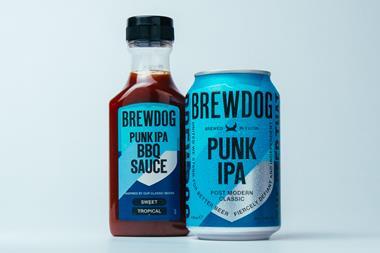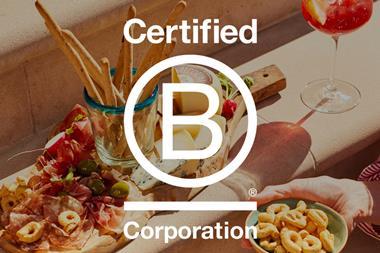
Nielsen estimates that the average individual is hit with more than 3,000 brand impressions in a single day.
Advertising messaging aside, the fact is we are in an age of information overload. The non-linear nature of digital media consumption and the dominance of social media have forced brands to look for new and innovative ways to cut through the noise.
Colleagues of mine dealing with journalists over the past 12 months are reporting that, increasingly, the standard press release format is just not cutting it. One way brands are successfully engaging and capturing attention is with the use of infographics.
You have probably engaged with an infographic or data visualisation of some kind over the last few months and arguably there are a number of good reasons for this. Firstly, we are essentially visual beings. The alphabet is only 5,500 years old. Perhaps this is why scientific studies claim that we only remember 10%-20% of what we read yet 50%-80% of what we see.
It all sounds like common sense really, but from a marketing perspective the argument for using infographics becomes all the more compelling when we consider that a visitor to your website or social channel will decide within two to four seconds whether or not they are going to stay.
” If we can condense our pitch, we will increase the chances of recall”
Consider, then, that it takes the average human being 150 milliseconds to recognise a symbol and only a further 100 milliseconds to process it. With that, it stands to reason that if we can condense our pitch to the customer and convey the message in a simple and shareable format we will increase the chances of recall and reach.
When consumers are in the consideration phase of their purchase journey, authority is everything. Infographics are a great way of copper-bottoming your position as a market leader by distilling the facts about your brand or product based on solid and interesting research.
Furthermore, the increased shareability of infographics (like any good social content) offer a great opportunity to boost your SEO performance, provided it is positioned against the relevant keyword and metadata.
All things considered, I think most would agree with the opportunity a well-constructed infographic presents as part a powerful social marketing strategy.
However, it’s important not to just focus on engagement for engagement’s sake. The real value will be structuring your infographic based on interesting research that directly aligns your product to the passion points of your audience.
John Barton is managing partner and co-founder of TestifyDigital



















No comments yet